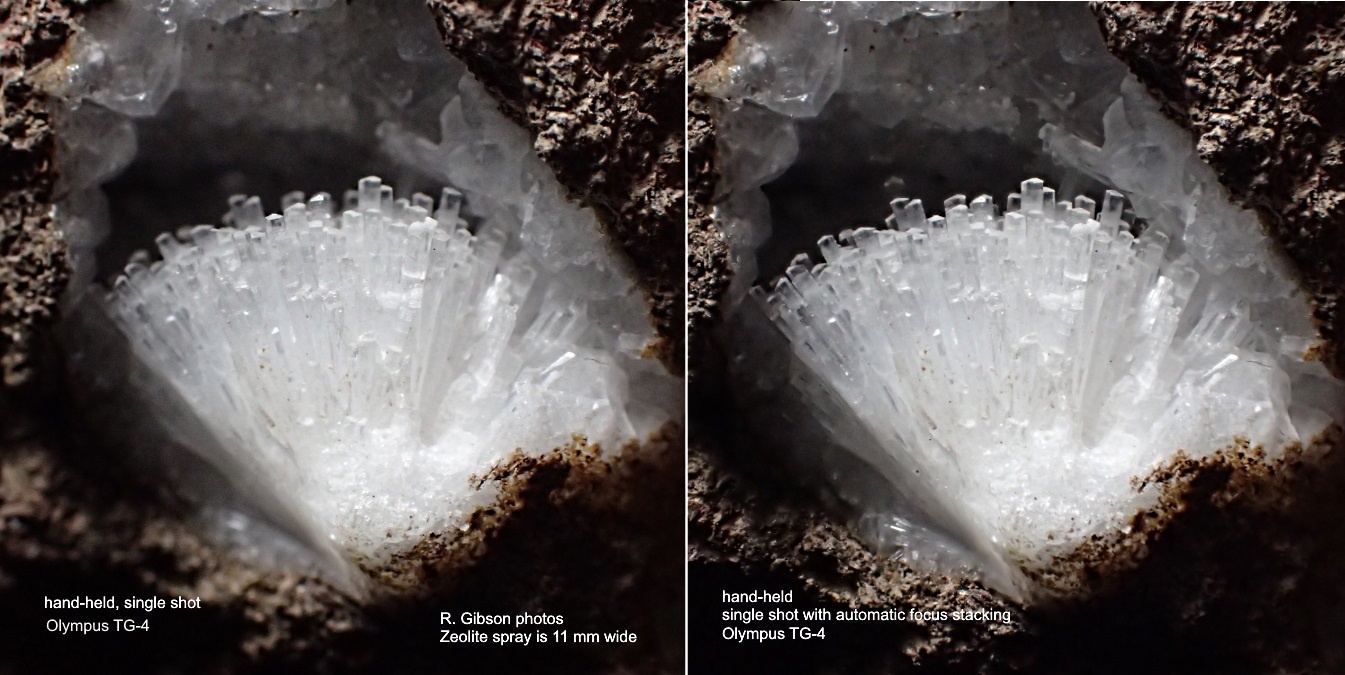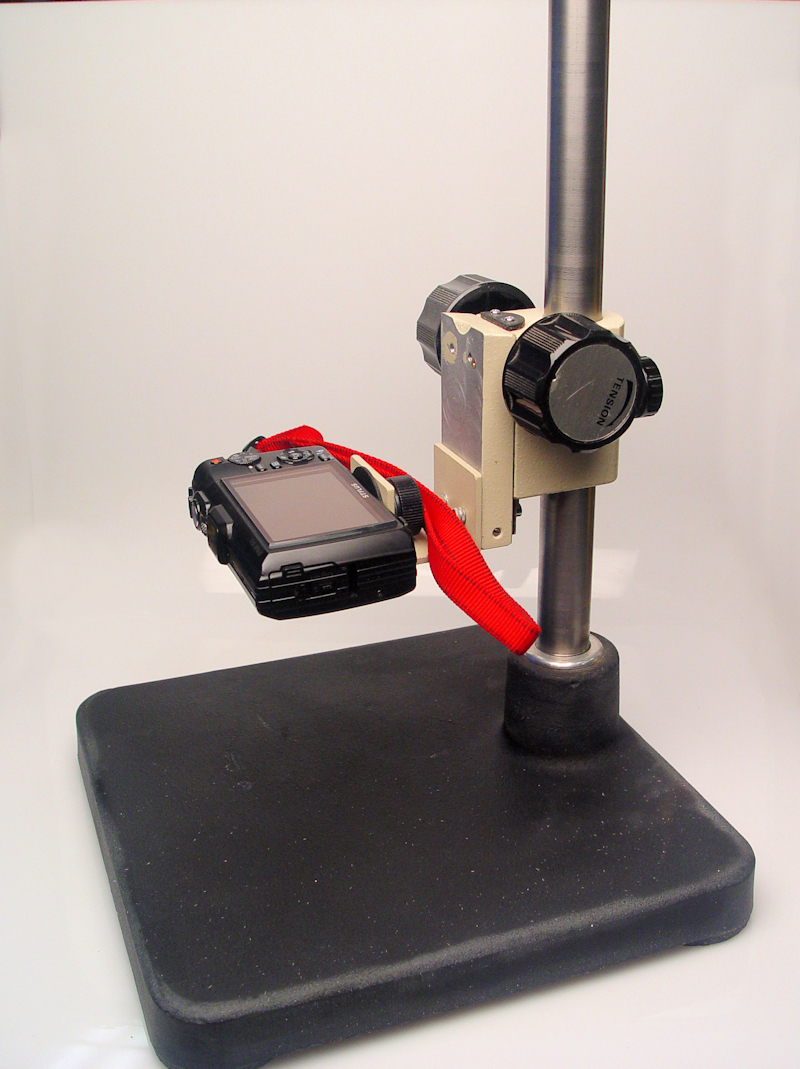Home PageAbout MindatThe Mindat ManualHistory of MindatCopyright StatusWho We AreContact UsAdvertise on Mindat
Donate to MindatCorporate SponsorshipSponsor a PageSponsored PagesMindat AdvertisersAdvertise on Mindat
Learning CenterWhat is a mineral?The most common minerals on earthInformation for EducatorsMindat ArticlesThe ElementsThe Rock H. Currier Digital LibraryGeologic Time
Minerals by PropertiesMinerals by ChemistryAdvanced Locality SearchRandom MineralRandom LocalitySearch by minIDLocalities Near MeSearch ArticlesSearch GlossaryMore Search Options
The Mindat ManualAdd a New PhotoRate PhotosLocality Edit ReportCoordinate Completion ReportAdd Glossary Item
Mining CompaniesStatisticsUsersMineral MuseumsClubs & OrganizationsMineral Shows & EventsThe Mindat DirectoryDevice SettingsThe Mineral Quiz
Photo SearchPhoto GalleriesSearch by ColorNew Photos TodayNew Photos YesterdayMembers' Photo GalleriesPast Photo of the Day GalleryPhotography
╳Discussions
💬 Home🔎 Search📅 LatestGroups
EducationOpen discussion area.Fakes & FraudsOpen discussion area.Field CollectingOpen discussion area.FossilsOpen discussion area.Gems and GemologyOpen discussion area.GeneralOpen discussion area.How to ContributeOpen discussion area.Identity HelpOpen discussion area.Improving Mindat.orgOpen discussion area.LocalitiesOpen discussion area.Lost and Stolen SpecimensOpen discussion area.MarketplaceOpen discussion area.MeteoritesOpen discussion area.Mindat ProductsOpen discussion area.Mineral ExchangesOpen discussion area.Mineral PhotographyOpen discussion area.Mineral ShowsOpen discussion area.Mineralogical ClassificationOpen discussion area.Mineralogy CourseOpen discussion area.MineralsOpen discussion area.Minerals and MuseumsOpen discussion area.PhotosOpen discussion area.Techniques for CollectorsOpen discussion area.The Rock H. Currier Digital LibraryOpen discussion area.UV MineralsOpen discussion area.Recent Images in Discussions
Techniques for CollectorsOlympus TG-4 with built-in photo stacking

28th Apr 2017 19:12 UTCDaniel J. Evanich 🌟 Expert
The Olympus TG-4 has a feature called "microscope" function that uses automatic stacking. It's an easy to use built-in feature selectable on the mode wheel. The effective shooting range is 5.5mm-18.0mm which provides very nice photos with good depth of field for everyday use. It's not intended to replace a professional macro setup, but rather to offer an additional tool at an affordable price at this shooting range. My main purpose for using it is to get a quick, good quality macro photo for species identification aid. And it also has Wi-Fi for smart phone control and there is an accessory light ring that can be purchased for uniform lighting. A couple of recent photo examples are attached here. All are in the 7mm to 15mm fov range.
28th Apr 2017 19:40 UTCJolyon Ralph Founder

28th Apr 2017 20:11 UTCDaniel J. Evanich 🌟 Expert

29th Apr 2017 04:27 UTCCasey Montgomery

29th Apr 2017 04:36 UTCPhil M. Belley Expert

29th Apr 2017 04:45 UTCCasey Montgomery

29th Apr 2017 05:07 UTCPhil M. Belley Expert

29th Apr 2017 05:09 UTCPhil M. Belley Expert
That said, I used it in the Arctic for 2 weeks with GPS on and had plenty of battery life left at the end of the trip.

29th Apr 2017 05:20 UTCCasey Montgomery
29th Apr 2017 12:39 UTCMaggie Wilson Expert
A great general purpose camera, perfect for field work - and reasonable price.
29th Apr 2017 15:18 UTCRichard Gibson 🌟
2nd May 2017 23:39 UTCEugene & Sharon Cisneros Expert
Against my own convictions, I don't use a lens cap and carry the camera in my back pocket on field trips. The front window on the lens is advertised to be sapphire and after three years, I don't see any scratches on the lens. I did have a problem with some pictures coming out very blurred until I discovered the problem. Carrying the camera in my back pocket with the lens turned towards my body would cause the lens to fog up, so I now carry it lens away from the body. When I get home, I wash the camera, under the faucet, and gently dry it. So far, so good!
Gene




Mindat.org is an outreach project of the Hudson Institute of Mineralogy, a 501(c)(3) not-for-profit organization.
Copyright © mindat.org and the Hudson Institute of Mineralogy 1993-2024, except where stated. Most political location boundaries are © OpenStreetMap contributors. Mindat.org relies on the contributions of thousands of members and supporters. Founded in 2000 by Jolyon Ralph.
Privacy Policy - Terms & Conditions - Contact Us / DMCA issues - Report a bug/vulnerability Current server date and time: April 24, 2024 05:21:19
Copyright © mindat.org and the Hudson Institute of Mineralogy 1993-2024, except where stated. Most political location boundaries are © OpenStreetMap contributors. Mindat.org relies on the contributions of thousands of members and supporters. Founded in 2000 by Jolyon Ralph.
Privacy Policy - Terms & Conditions - Contact Us / DMCA issues - Report a bug/vulnerability Current server date and time: April 24, 2024 05:21:19
















